

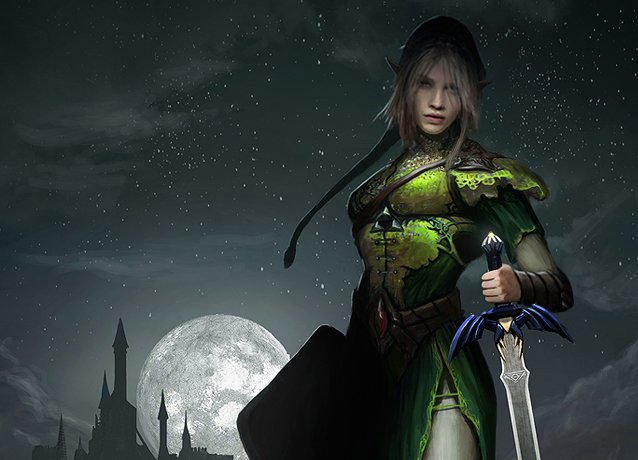
No matter how many times Link traverses a set of themed elemental dungeons, uses a bow and arrow to hit an unreachable switch, or blows up a wall with a bomb, these mechanics return again and again in each new Zelda game. Up until sometime after The Legend of Zelda: Wind Waker, most people were okay with retreading similar ground with each release. However, after Twilight Princess and Skyward Sword came and went, fans and critics alike began to worry about The Legend of Zelda's relevance and staying power.
Now 27 years old, it's clear The Legend of Zelda needs significant change to stay afloat with fans and critics alike. At E3 2013, many expected Nintendo to announce an original Zelda for Wii U, but such an announcement never came. Be that as it may, it's clear such a game is in development. Nintendo has said so itself. Leaked rumors of drastic changes, such as open-world environments and Dark Soulsinspired multiplayer, have floated around in the news for the past year.
While these gameplay changes may work great in a Zelda game, we think something much more simple and non-gameplay related needs to be done. Simply put, Link should be a woman in the next Legend of Zelda.
We all know there's a lack of women protagonists in video games, and the disparity isn't about to get any better. E3 is known as the convention where the future of gaming is revealed, but this past E3 Microsoft failed to show a single game with a female lead during its Press Conference and Nintendo only featured Bayonetta 2 during its E3 Nintendo Direct. Sony fared a little better with Transistor and Beyond: Two Souls, but these two examples pale in comparison to the dozens of male-centric games shown by all three hardware developers.
With this in mind, we've put together a list of reasons why Nintendo should give the next incarnation of Link a sex change. After all, who better to lead the gender equality charge than one of gaming's most visible and celebrated mascots in need of some change himself?
As far as manly protagonists go, Link isn't one of them. In some games, he's a child. In others, he's defined as a fairy boy. To fight enemies, Link doesn't use a massive, phallic sword or a hypermasculine chainsaw gun. Instead, he uses his wits with slingshots, bows, and boomerangs to take down the biggest bosses. Otherwise, he wields the modest Master Sword. Nintendo clearly hasn't designed Link to be a bastion of manliness.
This androgyny makes it easy for his gender to be changed. Because his features are inherently feminine, most of the models who cosplay as Link at various conventions are women, and the cosplay done by men doesn't hold up as well. Link's slender jaw, non-muscular build, and longer hair fit the female form much better. Therefore, Link's gender switch would be more readily accepted by fans, critics, and the gaming community in general.
Like the rest of the gaming world, Nintendo's female characters are scarce. Outside of Samus Aran, Nintendo's remaining women are regulated to sidekick or princess status, more often than not requiring the rescue of the male lead. In fact, taking a look at the Super Smash Bros. Brawl roster, which houses most primary and secondary Nintendo icons, there are only three female characters out of 35, not including alternate forms and whatever gender Jigglypuff is supposed to be. The Wii Fit Trainer was added to the roster this past E3, but she has also been outnumbered by the announcements of The Villager and Mega Man.
Nintendo isn't known for creating new intellectual properties on a regular basis. Since Nintendo began creating games in 1974, the company has ridden on the backs of legacy franchises, and the only franchise in this category that stars a female character is, again, the Metroid series. Nearly 40 years is a long time to only have one prolific female lead.
We're not going to see a new Nintendo franchise anytime soon, so it makes sense to take an existing series and gender swap the protagonist. Who better than Nintendo's already androgynous fairy-boy?
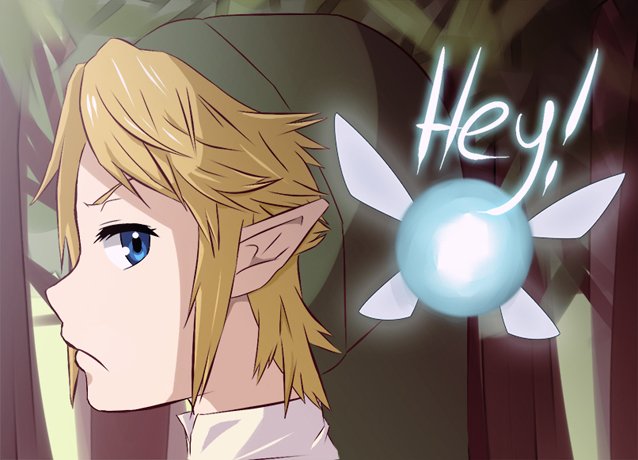
While Microsoft and Sony target men ages 18 – 35 with games like Halo, Gears of War, Uncharted, and Killzone, Nintendo's mandate has always been family friendly games which target a wider demographic. This doesn't mean Nintendo appeals to women respectfully, but it does mean Nintendo is the most capable of the Big Three to affect gender equality in games.
Last year, the Electronic Software Association revealed 47 percent of the gaming demographic is female in the United States. Nintendo wants these women buying its hardware. Advertisements on American television featuring Beyonce, Sarah Hyland, and gold medalist Gabby Douglas for games like Rhythm Heaven, Sparkle Snapshots 3D, and Style Savvy: Trendsetters shows Nintendo's desire for female business.
Not only would changing the gender of one of the most recognizable characters in gaming be a great step towards gender equality, it would show female gamers that women can rescue princesses from megalomaniac gingers as well. In other words, Nintendo would show proper respect towards female gamers, instead of arguably offensive celebrity cameos, “girl-themed” shovelware, and pink DS Lites.
Ganondorf, the red headed and green skinned antagonist in most Zelda titles, features a history and background rife with patriarchal symbolism. For one, the man is the King of the Gerudo, a tribe of women introduced in The Legend of Zelda: Ocarina of Time. Once every 100 years, the otherwise allfemale tribe produces a single man to claim his male birthright as their ruler.
Similarly, Ganondorf's goal to rule Hyrule consists of imprisoning the one woman in power, and he achieves this in each Zelda game in which he makes an appearance. In Ocarina of Time, Ganondorf forces Zelda to hide her identity as a man called Sheik. As Sheik, Zelda assists Link throughout his quest, but once Sheik reveals her gender and identity, Ganon immediately whisks her away to be imprisoned.
It's almost too easy to draw parallels between real world patriarchy and Ganondorf. He even turns into a murderous, gigantic pig. A simple gender swap would make all this sexist symbolism more apparent, thus adding an extra layer of depth to The Legend of Zelda's otherwise shallow narrative.
Sexism and gender equality isn't a one-way fight. Many people have this image of women fighting against all men to cause change, but many men identify as feminist or otherwise in favor of gender equality. It's important both genders work together, and we see Zelda working together with Link to topple Ganondorf's tyranny in nearly every game all three appear in.
If men and women need to work together, Link shouldn't need a gender swap, right? Not quite. For the most part, the women of the Zelda universe react to situations caused by two males: Ganondorf and Link. As the antagonist, Ganondorf causes Hyrule to change and Link fixes it. Along the way, Zelda helps in some situations and battles, but for the most part she rests somewhere in the middle, idle as
Link and Ganondorf—two men—vie for control. It's not just Zelda, either: Midna requires Link to stop Zant and Ganondorf in Twilight Princess, Link saves Malon's ranch from Ingo in Ocarina of Time, and Link rescues his sister from Ganondorf's Forsaken Fortress in Wind Waker.
In other words, the woman in question is rarely in power over her situation, and this imagery, reinforced in many games, isn’t a good thing. Link has been, and will probably always be, the playercontrolled protagonist. If Nintendo wants to treat its female fanbase with more respect, create nongameplay related change in one of its most storied and stagnant franchises, and stop reinforcing negative symbolism, then The Hero of Hyrule should become The Heroine of Hyrule next time around.
Think about it: if Link were a woman in the next Zelda game, the story could focus on two women uniting the forces of courage and wisdom to take down “the man” and his powerful patriarchy. Okay--maybe that’s a bit much, but the point is clear.
Image credits: Edli / arkazain



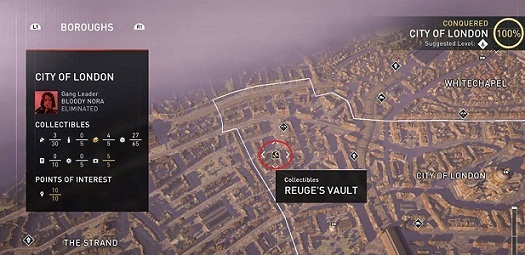
 Fact or Fiction? 6 Myths About Screens & Monitors (With Verdicts)
Fact or Fiction? 6 Myths About Screens & Monitors (With Verdicts)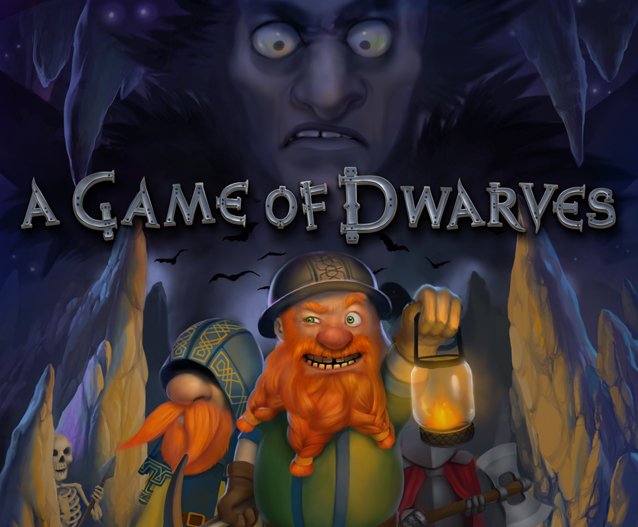 A Game of Dwarves Hands-On Preview
A Game of Dwarves Hands-On Preview Final Fantasy XV (15): A Glimpse of the Future
Final Fantasy XV (15): A Glimpse of the Future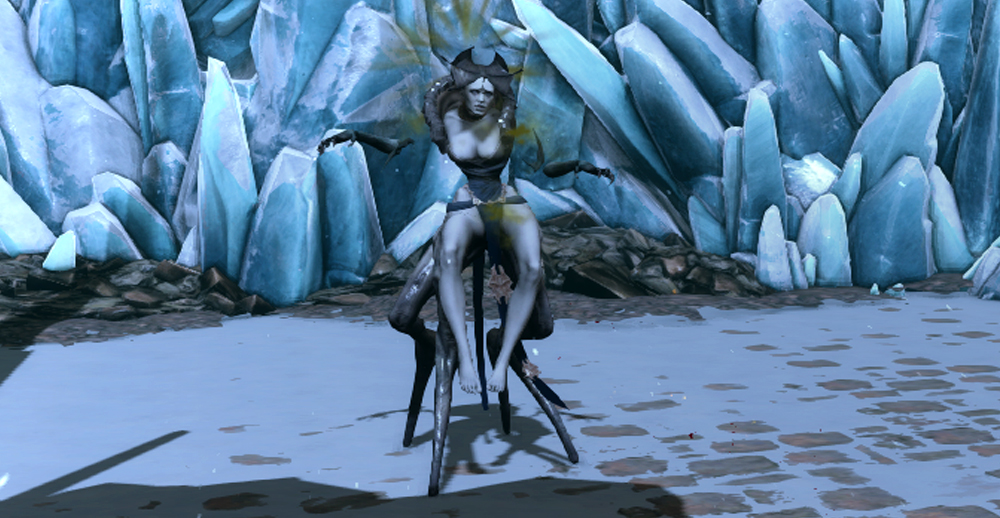 Bound by Flame Guide: How to Defeat the Concubine Bosses
Bound by Flame Guide: How to Defeat the Concubine Bosses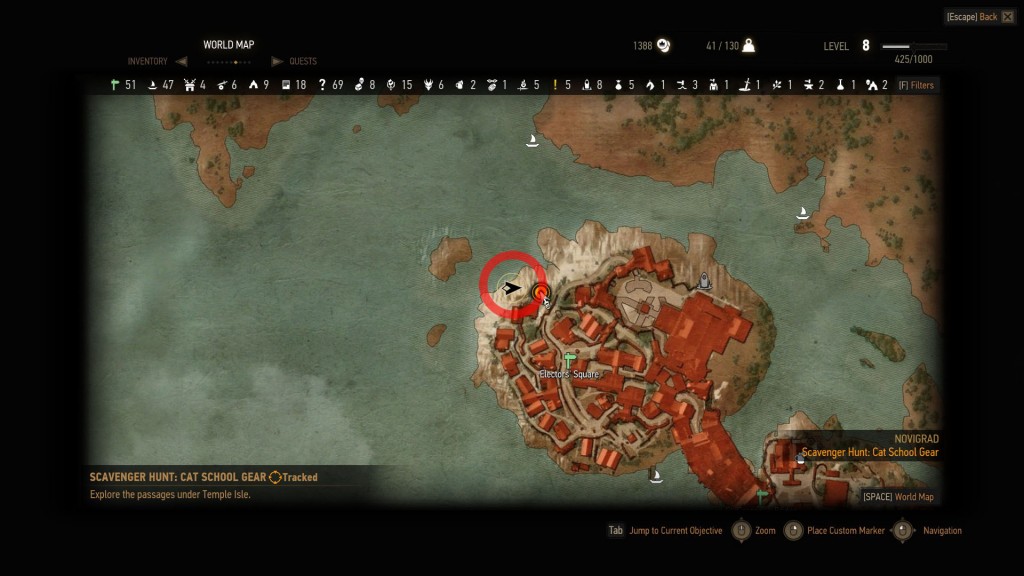 The Witcher 3 Guide: How To Get Feline Armor Set And Feline Swords, Location And Diagram
The Witcher 3 Guide: How To Get Feline Armor Set And Feline Swords, Location And Diagram